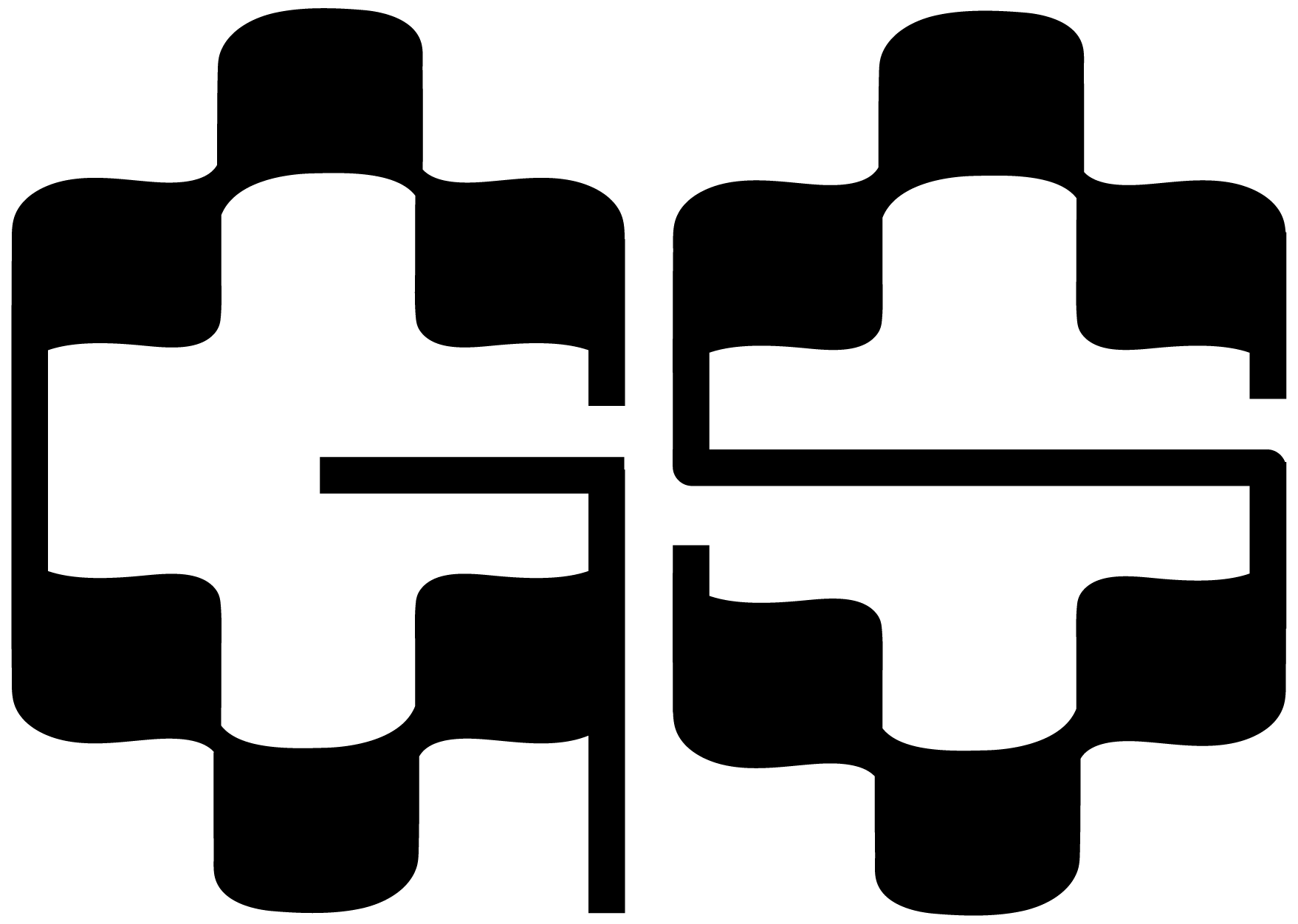
On the Work of Sarah Sudhoff
Some deaths happen all at once. Bang, crash, screech, kaboom—you’re history, transformed from present tense to past. Other deaths linger, for days, weeks, years, always imminent and immanent, denying a body’s future while withholding final action. But death’s ultimate switch-flicking is universal and irrevocable.In her series “At the Hour of Our Death” Sarah Sudhoff depicts the last moments of anonymous lives, when particular bodies have ceased functioning and have expressed their last, vivid traces. Sheets, mattress pads, upholstery, carpet, and other canvases chart the distance this effluent travels in the time elapsed after death.
True, these are morbid images, though their fascination resides in the liveliness of our mortal selves, the last interactions we extend, by capillary action, into the place of our passing. Sudhoff captures material shadows, or auras, that remain after a body is removed. In the present case, ornate cutwork embroidery contains the boundary of a middle-aged woman, the victim of an unnamed malady. The testament is authentic and evocative. Death and the passage of postmortem time transform the fabric into a final snapshot of this life. The lower, unmarked section is pristine, a blank slate, a dainty future never attained, while the upper half, traversed by any number of fluids, becomes oddly, ironically robust, the stitching assuming new organic forms that resemble cells, sinews, human tissue or neural networks seen in a microscope.
Many questions reside in this image of an image, but those are for the CSI types to consider. Sudhoff’s record is a life’s calling card, full of tragedy, intrigue, and surprising beauty.
